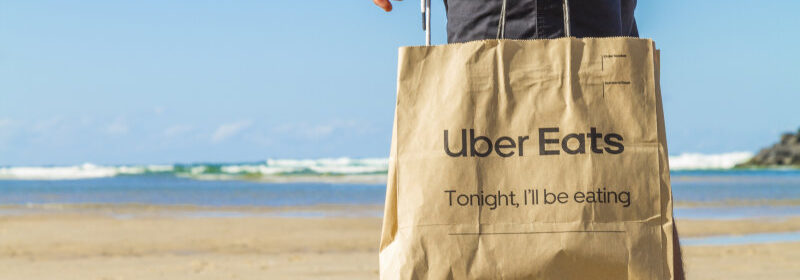Young people have cut spending – but not always on things you’d expect

Save articles for later
Add articles to your saved list and come back to them any time.
While very few of us early in our careers are locked into a mortgage, rising cost of living pressures (which we’ve termed “cozzie livs”) including soaring rents have tightened the lid on our spending.
In the past year, I’ve bleached my own hair, taken up running to save on transport costs and picked half my bedroom furniture up off the side of the road after moving to a new city.
Young people are cutting back on micro treats and food delivery services and skipping meals.Credit: iStock
There are things we can scrimp on, but some things you might classify as discretionary (non-essential) spending serve an important purpose – especially for those making their first in-roads into adult life.
In a report last month, the Commonwealth Bank noted at least two trends in consumer spending. One was that customers aged under 35 and renters – disproportionately young people – felt the greatest pain from rising costs of living and made the biggest spending cuts relative to inflation.
While mortgage repayments have been increasing as the central bank bumped up interest rates from a record low 0.1 per cent to 4.1 per cent in June, actual rents paid by new tenants has increased more than 14 per cent over the year to February 2023.
And as the Bureau of Statistics points out, an increase in rent for those in the lowest 10 per cent of income earners reduces the income available for spending on other things more than it would for higher income earners.
My first spending cuts included cancelling streaming services such as Binge (and missing out on water-cooler chats about Succession), cutting back on Uber Eats and forgoing the physio when I injured myself while exercising.
Ironically, one of the things I refused to cut was the sporting commitments: $500 for a soccer team registration, and more than $1000 across the year in social volleyball and netball team fees.
It perhaps speaks to the second trend noted by Commbank: a boom in discretionary spending, particularly on travelling (up 39 per cent), with honorary mentions for spending on eating out (up 8.5 per cent) and entertainment (up 10.8 per cent).
While all those sports teams might not be strictly necessary, they’ve helped me make connections in a new city. I could spend less on food by cooking at home, but it’s been important to spend time with people to strengthen professional and personal relationships.
And while I wouldn’t have died forgoing a flight to Krabi in Thailand last year, travelling can teach a young person a lot and open our minds, particularly after being prevented from travel during the lockdown years.
Like most young people, I lacked a sufficient savings buffer to increase my spending by more than the rate of inflation.
So to fund my “discretionary” activities, I cut back on what some would see as necessities: a trend noted by NAB, which found in its second quarter consumer sentiment survey that nearly half of younger people were skipping meals to save money (among other measures including cutting back on “micro treats” such as takeaway coffee and food delivery services).
Not everyone is fortunate enough to have money left over after paying for bare necessities, or to get away with making spending cuts in areas such as healthcare.
However, the reluctance to cut down on some areas deemed “discretionary” such as travel and entertainment may be more than a bid by young people to get their dopamine hit in a period of financial stress.
Some of these things also serve an important purpose for those finding their place in the world.
The Business Briefing newsletter delivers major stories, exclusive coverage and expert opinion. Sign up to get it every weekday morning.
Most Viewed in Business
From our partners
Source: Read Full Article

